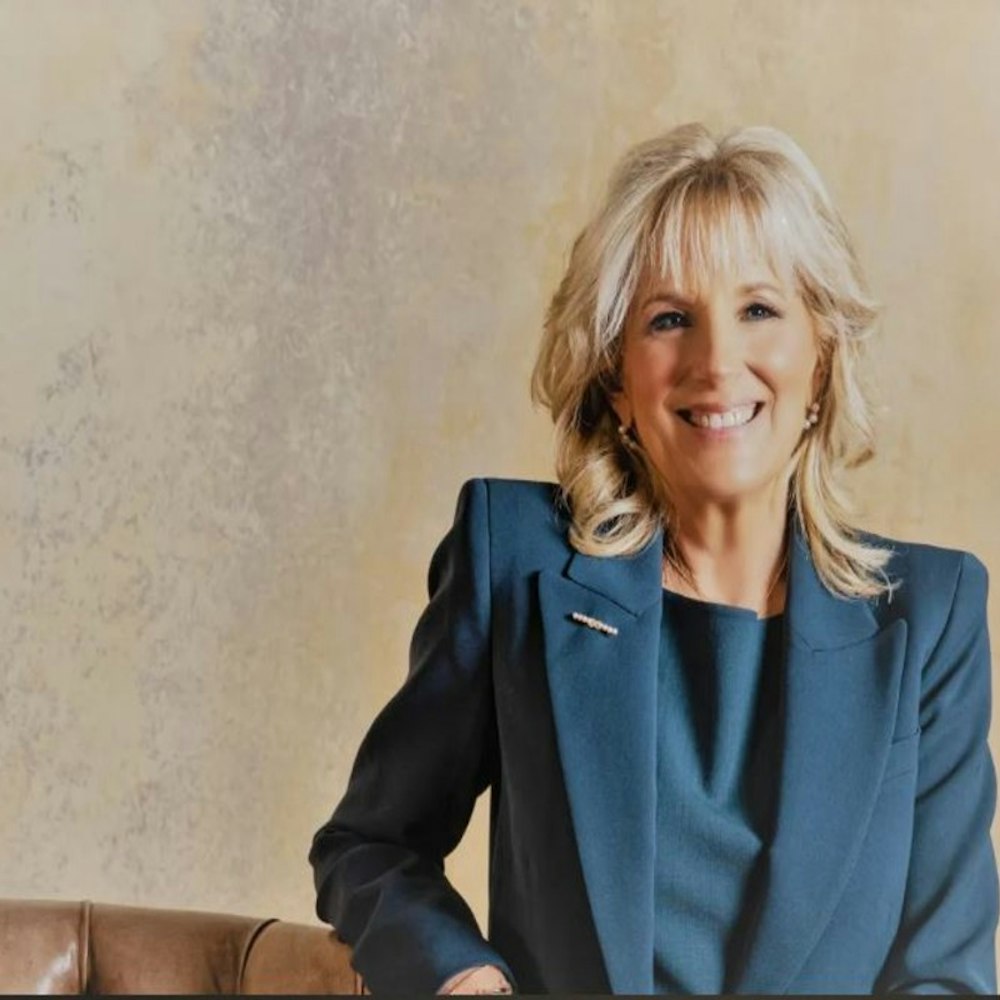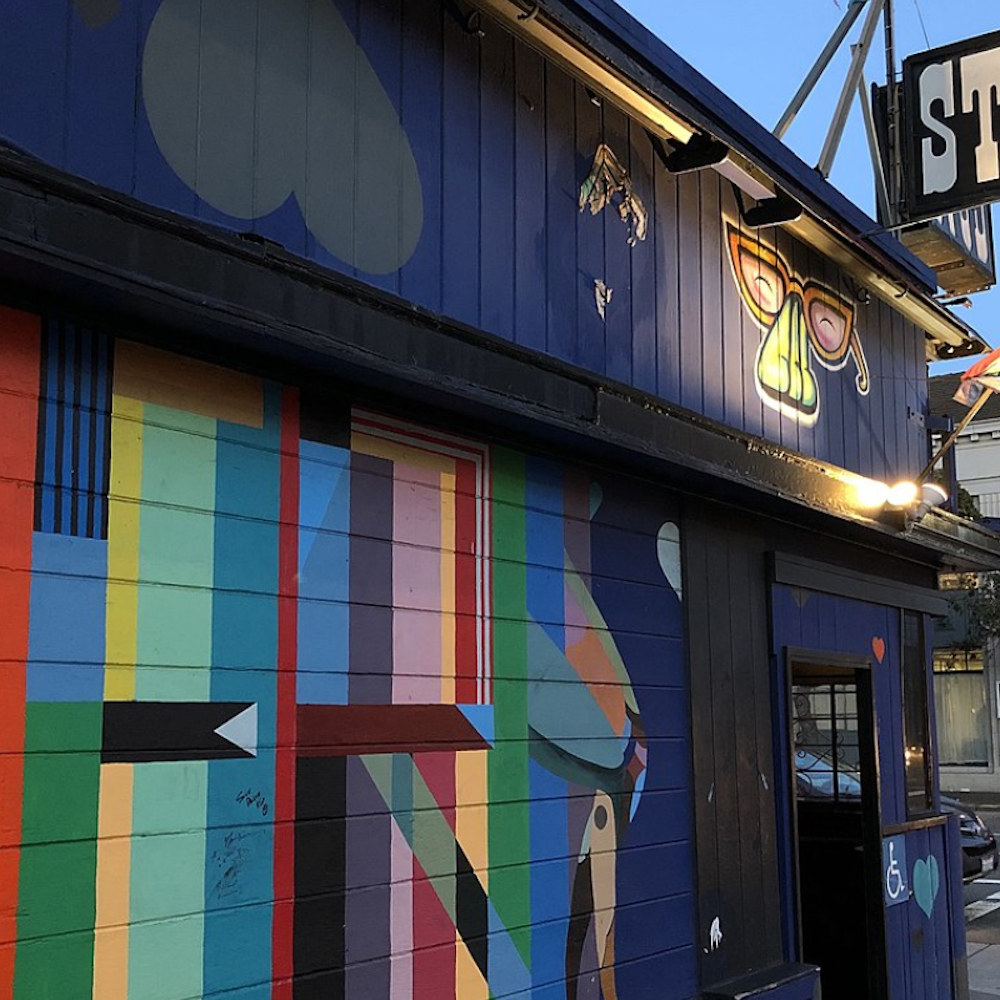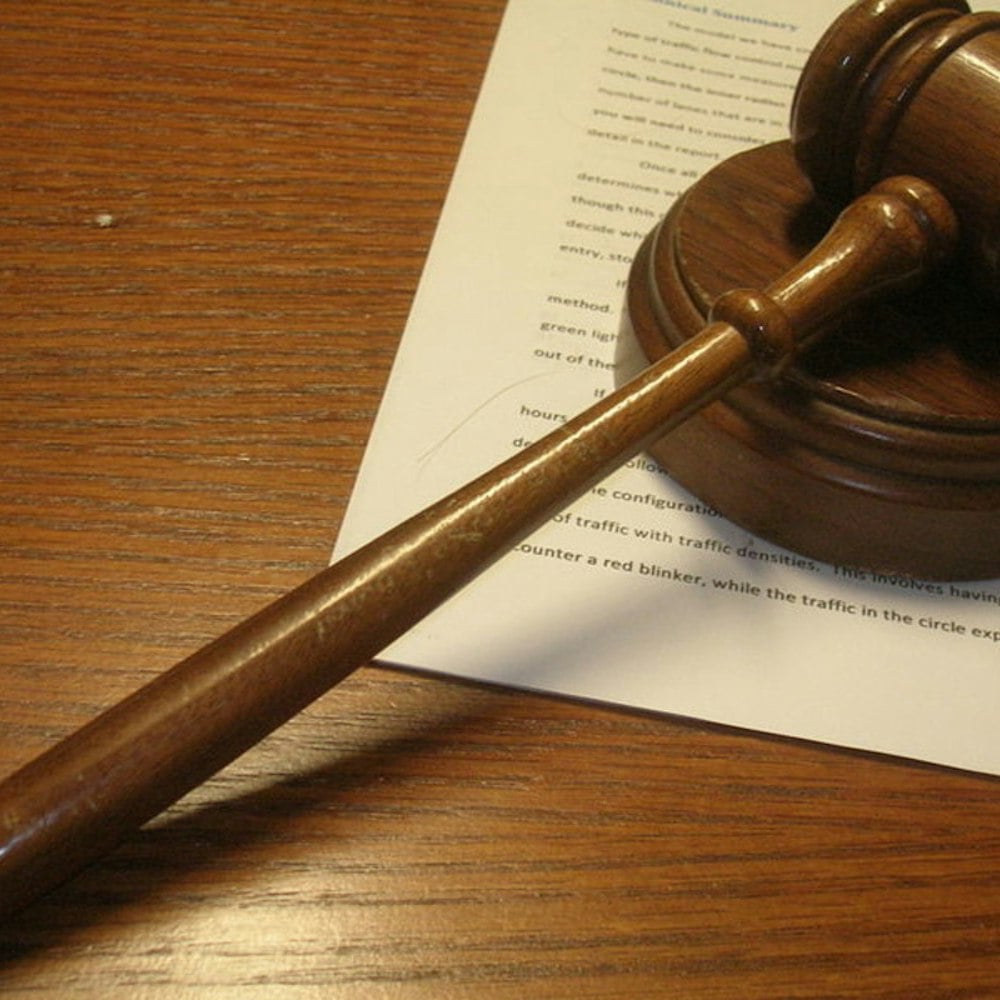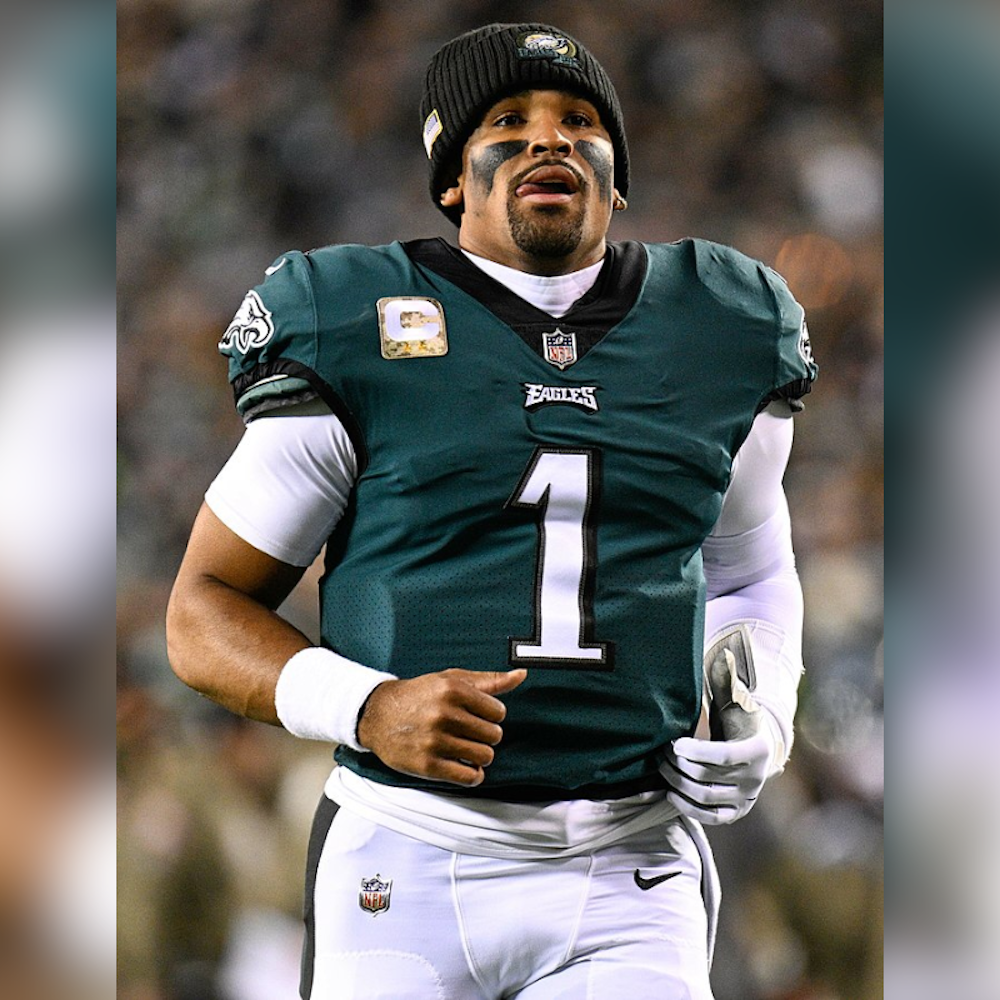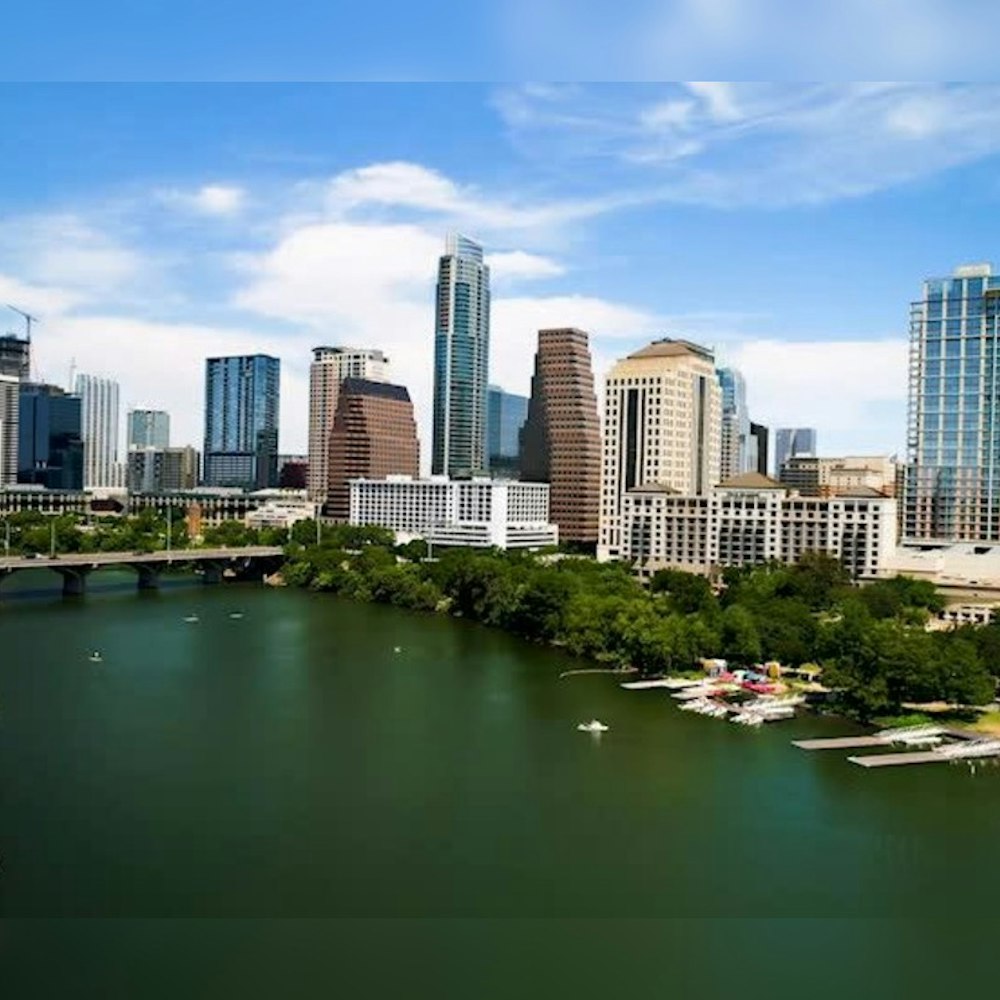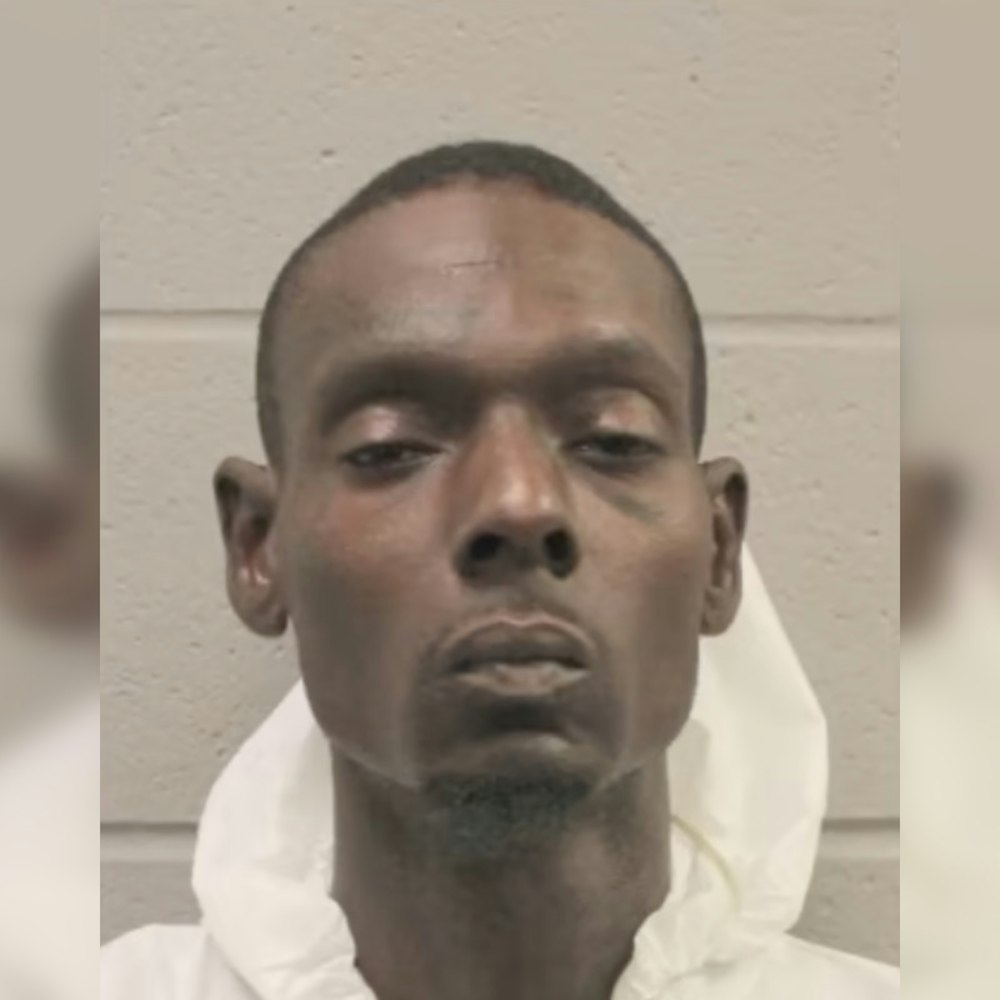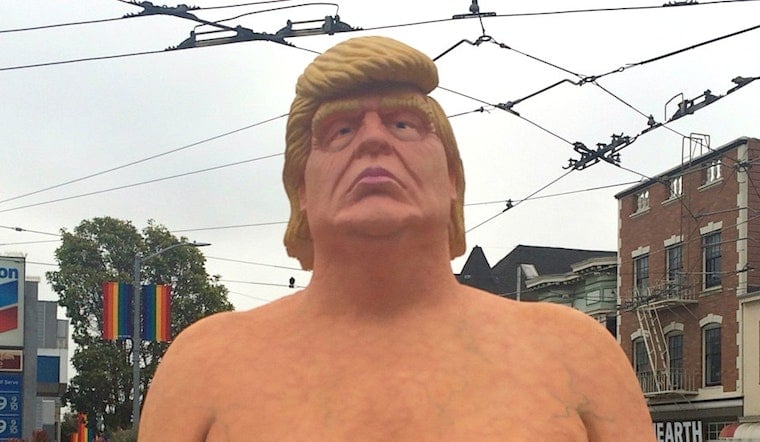
When Virgie Tovar, an Outer Sunset-based artist and activist, first heard about the naked Donald Trump statue installed in the Castro last Thursday, she and her friends decided to make the pilgrimage across the city to see "The Donald" for themselves.
They weren’t alone: in less than 24 hours, hundreds, if not thousands, of people flocked to the corner of Market and Castro to get a photo with the nude rendering of the Republican presidential hopeful.
“When I saw it,” said Tovar, “my primary reaction was that it was a piece of civil disobedience in the face of a much-hated right-wing conservative.” But, she admits, her first impression wasn’t the most accurate.
Upon seeing the statue, a number of people took to social media to declare that the “political art," which was installed in five cities around the U.S., revealed underlying fat- and transphobic sentiments in our society.
Can we be clear that the naked statue of Donald Trump is grossly transphobic https://t.co/AsnJXwNFFe
— Ray Filar (@rayfilar) August 19, 2016
After Tovar posted a photo of herself with the statue online, she was surprised at the volume and degree of backlash that she received. "The thing that was most compelling is that some felt like the joke was on already marginalized people," she said. "The joke wasn’t on Trump—the joke was on the idea that people with small genitals are weird, and people who are fat are disgusting.”
Mason, a San Francisco-bred Afro-Mexican artist and queer activist, believes the Trump statue was not art.
Instead, it “was nothing more than body shaming that demeans not just transgender bodies, but also intersex bodies, men with micro-phalluses, women with androgen conditions, and any array of people who've suffered genital trauma in illnesses, accidents, assaults, or wars,” said Mason, who uses they/them pronouns.
“As anyone who studied art history would know, when depictions of ‘male’ genitalia started becoming more commonplace with classical artists, they actually used small phalluses to denote balanced energy, nobility, and intellectual superiority. Big ones were signs of ugliness, foolishness, and barbarism," they explained. “If these ‘artists’ wanted to truly depict Trump as the buffoon he is, it would've made much more sense for the piece to have grandiose bottom bits, rather than relying on the genital shaming of bodies like mine."
When Mason saw the naked Trump statue, they didn’t see people laughing at an abrasive politician: they saw people laughing at them. “What upset me most was how much people tried to defend the statue.”
Who would've thought @realDonaldTrump would be so popular in the Castro? pic.twitter.com/Ju6F5tmkfk
— Scott Wiener (@Scott_Wiener) August 18, 2016
After the Trump statue was removed last Friday morning, District 8 Supervisor Scott Wiener took to Twitter, saying that he was working to convince SF Public Works to allow Union Square pub Lefty O’Doul’s to display it until Election Day.
“The Trump statue is political art, and different people view and interpret art differently," Wiener told us in an email. "I interpret the statue—as do many people—as exposing Trump for the fraud, racist, and fascist he is. At no point have I said or suggested that we should make fun of the statue for the way Trump's body is depicted."
SF Board of Supervisors member Scott Wiener said he is working to save Trump statue. https://t.co/jwfMNOxsC0 pic.twitter.com/EwvSJcQvTI
— KRON 4 News (@kron4news) August 19, 2016
But others disagree.
“Obviously, it’s a political statement,” said Naomi Finkelstein, a program manager at Berkeley nonprofit The Body Positive, which encourages people to find peace with their bodies. “But the people responsible for it rendered [Trump's] body in a way that was intended to humiliate him, which is based on his body alone.”
Hay @Scott_Wiener this fatphobic, transphobic statue 🚫 rep SF values. Lets critique policies not bodies#TrumpStatue https://t.co/i4cWnx5udZ
— Mia Tu Mutch Satya (@miatumutch) August 19, 2016
According to Finkelstein, the people who share the statue’s body type are also sharing in the humiliation. “It reminds all of us that our bodies are fair game for ridicule,” she said. “When we’re encouraged to laugh at bodies, it perpetuates this idea that our bodies are more important than who we are as individuals, and we internalize this idea that there are certain bodies that are worth laughing at.”
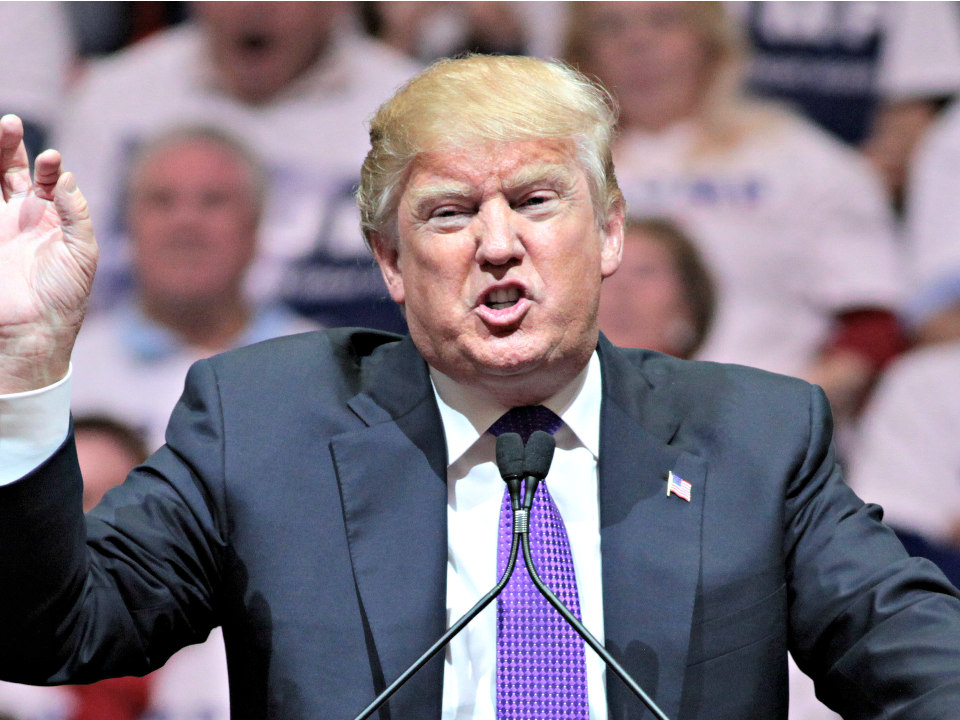
Finkelstein said that she didn't think that the Trump statue should continue to be displayed in San Francisco. “It’s already done damage, and having it around to continue to be a topic of conversation will just continue to hurt the people that it’s already hurt.”
Tovar also agrees that the city should move past the statue (and Trump), instead of displaying it at Lefty O’Doul’s. But she expressed her appreciation for the conversations that its ephemeral appearance in the neighborhood ignited.
“Art is controversial, and it is meant to create discomfort and discussion," she said. "I think the conversation that has been brought up around this statue has been incredibly valuable.”
Do you think that the statue should be kept in San Francisco? Let us know your thoughts in the comments.


